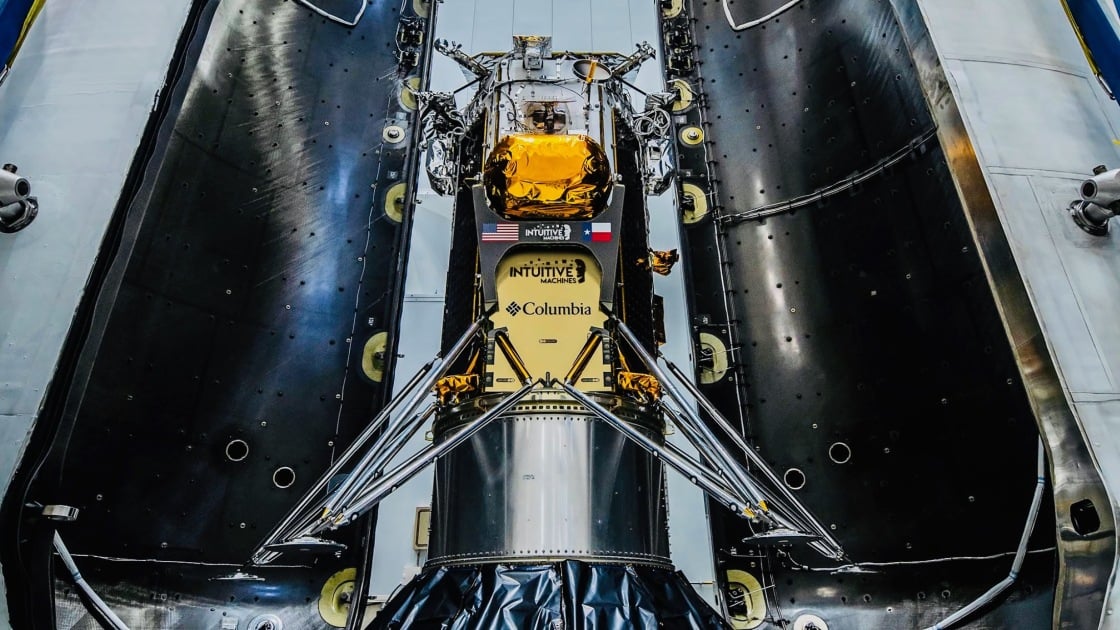
Following a stumble during the landing process, NASA’s Odysseus lunar lander is officially dead, despite hopes it would spring back to life.The lander’s developer, Intuitive Machines, has been trying to reestablish communication with Odysseus in the hopes that a solar charge would restore its capabilities. But in update, the company said it failed to detect a “wake-up signal.” “As of March 23rd at 10:30 A.M. Central Standard Time, flight controllers decided their projections were correct, and Odie’s power system would not complete another call home,” Intuitive Machines said in a tweet. “This confirms that Odie has permanently faded after cementing its legacy into history as the first commercial lunar lander to land on the Moon.”
(Credit: NASA/Intuitive Machines)
Last month, Intuitive Machines wasn’t quite ready to bid farewell to Odysseus, even though it was losing power. The lander did successfully drop down on the Moon’s surface at the south pole. But it failed to land fully upright, instead falling on its side at about a 30-degree angle. Despite the awkward landing, Odysseus was able to operate for the next seven days, sending back over 350MB of data to NASA before its energy ran out. Intuitive Machines also saw a possibility for Odysseus to come back online in three weeks after the Sun had a chance to recharge its solar-powered batteries. But it looks like the cold temperatures on the Moon’s surface have permanently tucked Odysseus into bed. “The number one limiter we face is the batteries. Batteries are a chemical asset. That chemistry does not respond well to deep cold,” said Intuitive Machines CTO Tim Crain last month.
Recommended by Our Editors
Although Odysseus’s mission is over, Intuitive Machines plans on sending more landers to the Moon, one of which could launch later this year. “The IM-1 mission achieved a historic landing farther south on the Moon than any vehicle ever has, laying the groundwork for our second mission,” the company added in a separate tweet. The second mission will also head to the Moon’s south pole in the search for water ice that could be used for life support and propulsion.
Get Our Best Stories!
Sign up for What’s New Now to get our top stories delivered to your inbox every morning.
This newsletter may contain advertising, deals, or affiliate links. Subscribing to a newsletter indicates your consent to our Terms of Use and Privacy Policy. You may unsubscribe from the newsletters at any time.






